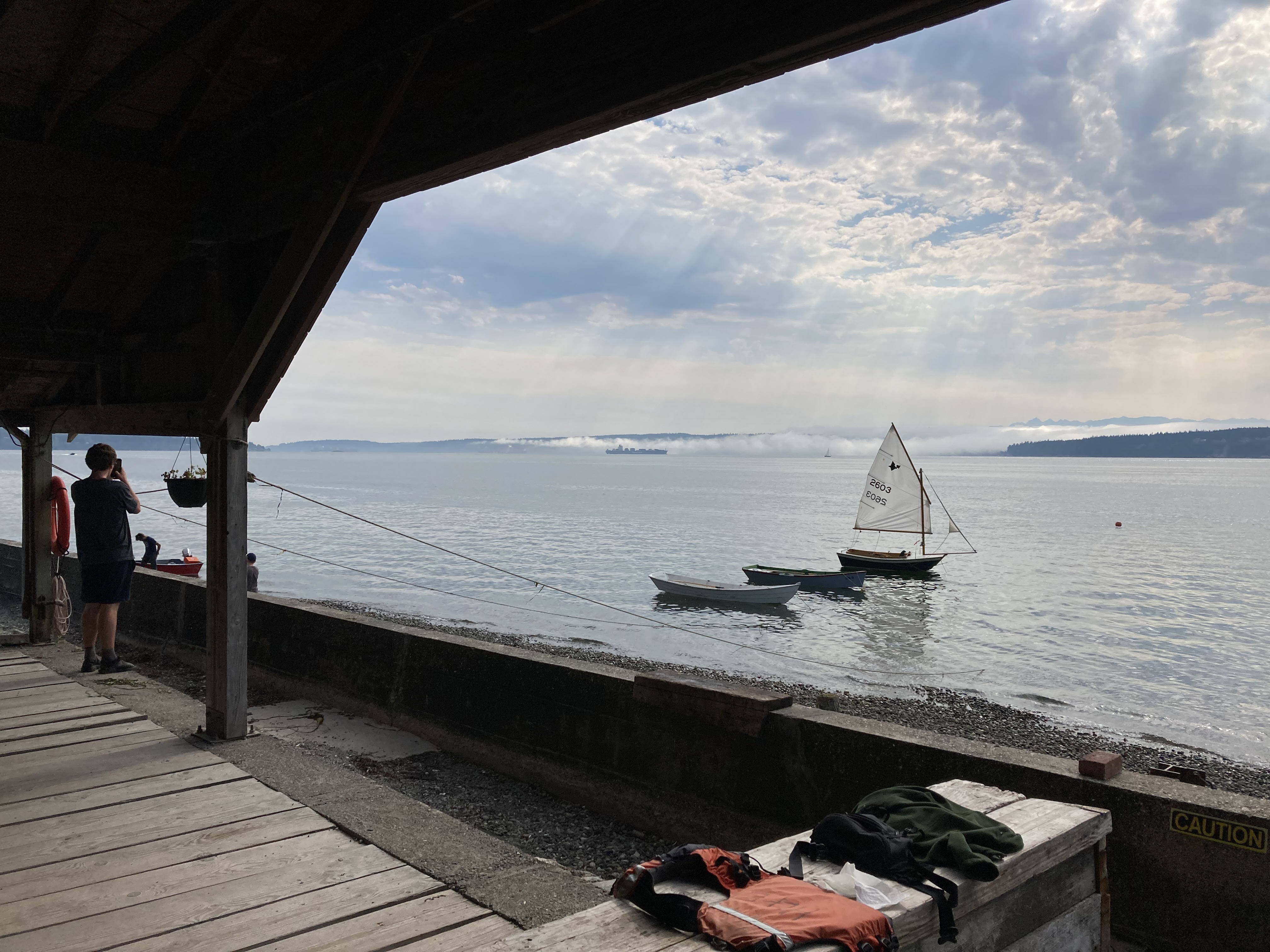Cama Beach 2021
by Mike Thompson, 3/13/2025
I left my last "real job" in March of 2021, having spent almost three years at Microsoft's Redmond, Washington campus working for AmTrust, an east-coast-based insurance company that provided extended warranties for Microsoft's Surface and Xbox computers. It was a pretty rewarding final gig. Reporting to Sean Van Norman, a really nice Canadian guy, and working with a very small crew, I had a lot of freedom to make sense of the policy and claims data in the data warehouse, then to write diagnostics for identifying claims failures, to overhaul the process for adding insurance rates for new devices and correcting bad rates for existing ones, and finally to replace 5,600 lines of old, buggy SQL reporting code used for paying AmTrust's overseas partners with 200 lines of table-driven code that matched the amount billed Microsoft for new policies down to the dollar. The job ended with a nice "mission accomplished" feeling that one rarely gets to experience in the working world.
Having retired, my next move was...to take another job. But this time it was a for-fun job with the Center for Wooden Boats managing the Cama Beach State Park Boathouse during the summer of 2021.
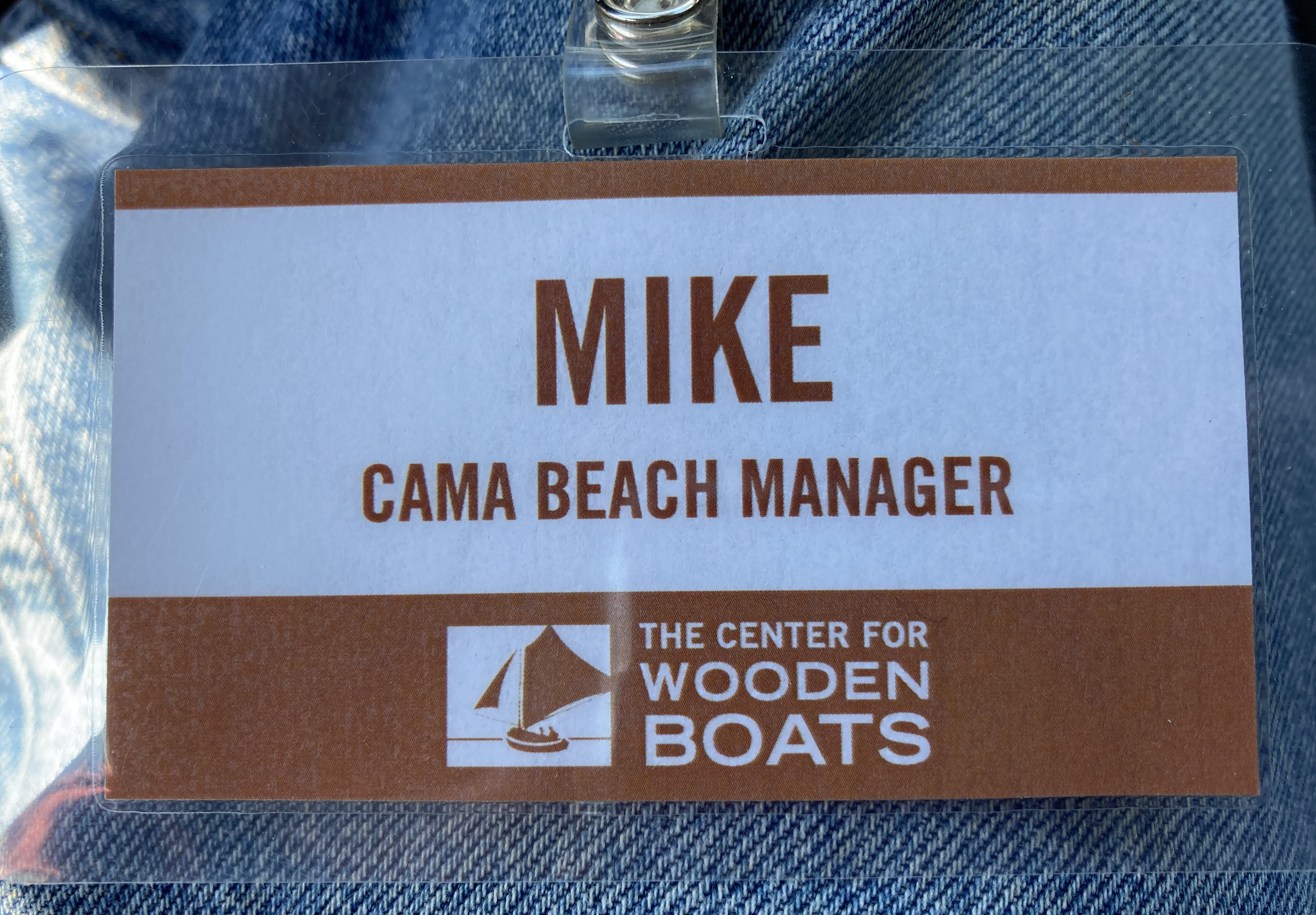
I'd been an off-and-on volunteer with CBW since 2005, when I spent time helping out at their South Lake Union location before taking a job with Boeing. After leaving Boeing in 2017, I again put in a bunch of hours at CWB SLU, mostly helping with their Sunday Public Sail program where I served as one of the Skippers of Admirable, the Bristol Bay gillnetter that was the pride of their wooden boat fleet. I also began putting in some hours up at CWB's Cama Beach Boathouse, which turned out to be a very different and wonderful place.
As far as boating operations go, what was unique about Cama Beach was that each boat needed to be carried or winched down a ramp from the Boathouse to the cobble beach, then pushed to the water's edge in order to be launched, then the process reversed to recover the boats at the end of the day. In the 1930s through the 1970s, when Cama Beach was a very active, private fishing resort, there was a railway running from inside the Boathouse down into the water. Customers got into their boats inside the boathouse, then the boat was lowered into the water by a winch. But over the years the railway had rusted away, and by the time I first visited Cama Beach in 2017, only a couple sections of the track were still visible at low tide.
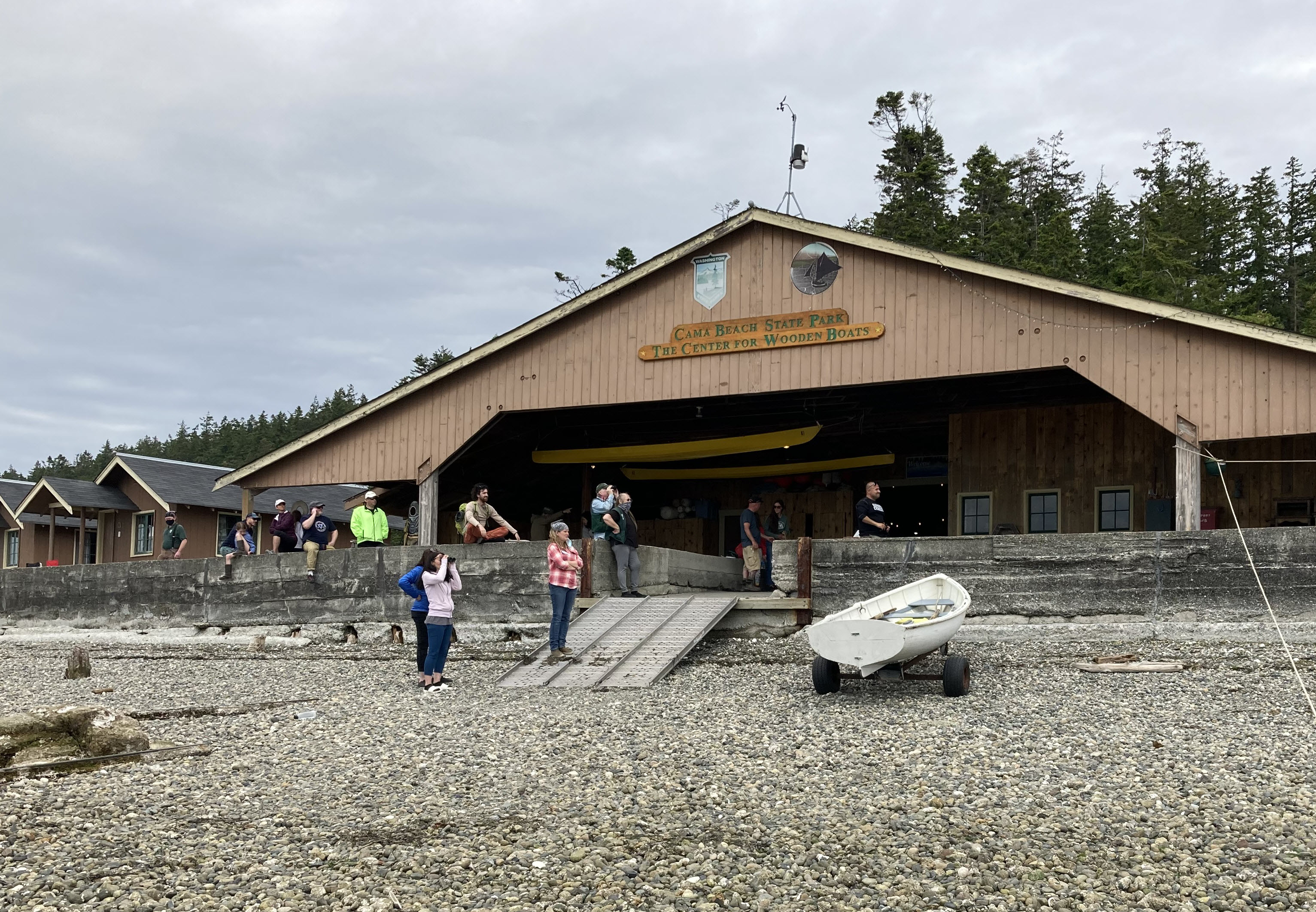
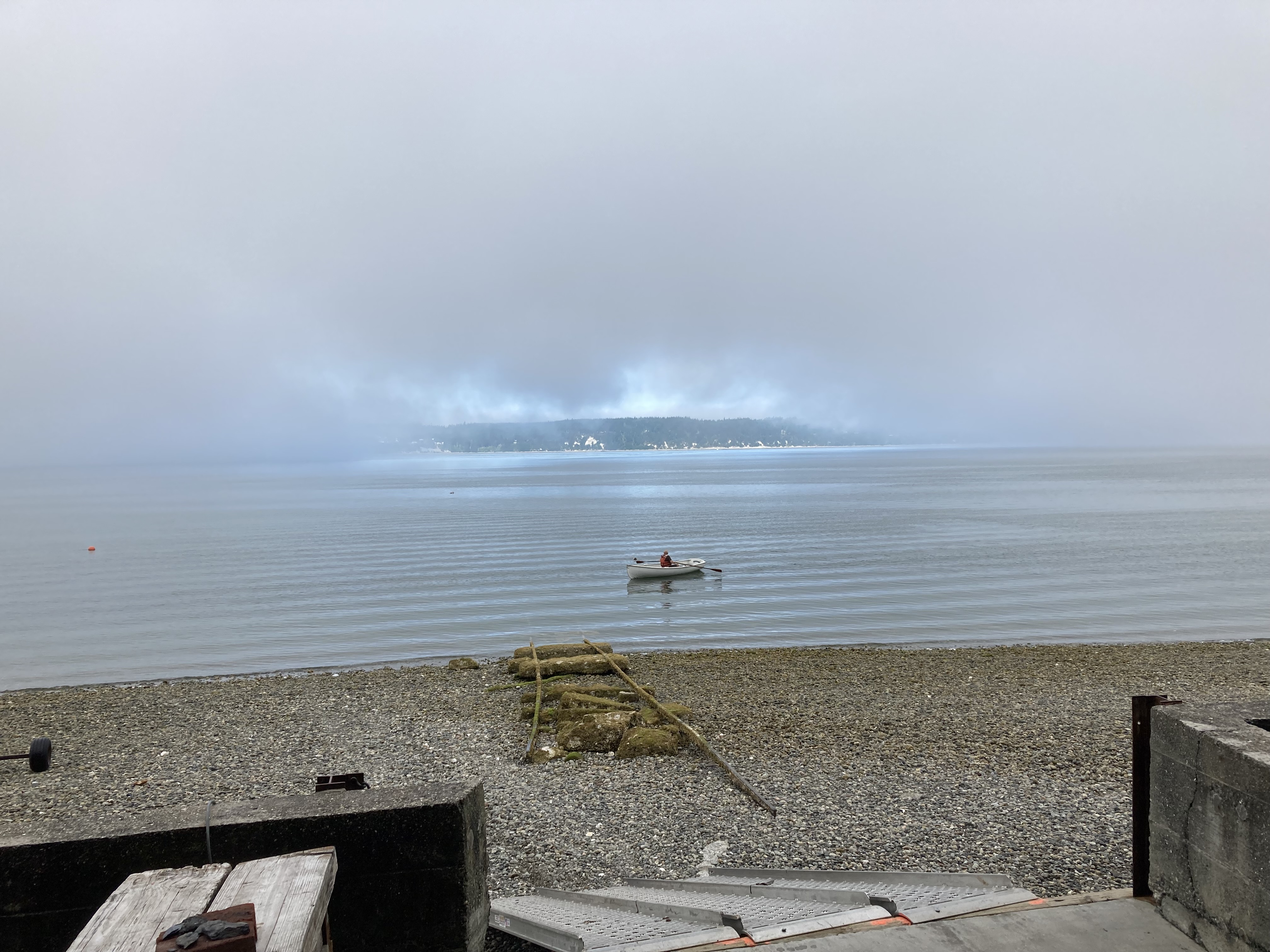
Jane and I donated three new 12-foot aluminum delivery truck ramps to replace two 8-foot ramps that had been in use for years and were badly worn. Kayaks and canoes could be hand-carried up and down the ramps. Rowboats were heavy enough that they needed to be sent down on a light trailer, then winched back up into the Boathouse from the water's edge. The powerboats needed to be winched both down and back up on a sturdy trailer. The ramps were often wet from rain, or from salt water if the tide was high, and there was always danger of a foot slipping, someone being caught by the cable or block, or the cable, motor, or clutch giving way. On a very high tide, when the water might almost reach the Boathouse deck at the top of the seawall, recovering boats became impossible. Getting boats into and out of the water was a daily struggle and doing so without getting someone hurt was ongoing worry at Cama Beach.
The Boathouse was open Thursday through Sunday that summer. I'd drive up to Cama Beach on Wednesday evenings, sleep in a bunk bed in the Fire Truck Garage for four nights, then drive back home on Sunday evenings. Those four-day work weeks at Cama Beach had a unique rhythm. I'd wake early, take a look at the water (and maybe have a short paddle in the red canoe that Jane and I donated), then check the weather and tide forecasts and put together the agenda for the morning meeting in the Boathouse. I'd unlock the Boathouse door, fire up the computer at the front desk, put the cash drawer into the till, throw open the back door that opened onto Saratoga Passage, and check the charging station to make sure that the batteries had charged overnight. After a short morning meeting, staff and volunteers started welcoming visitors and renting boats.
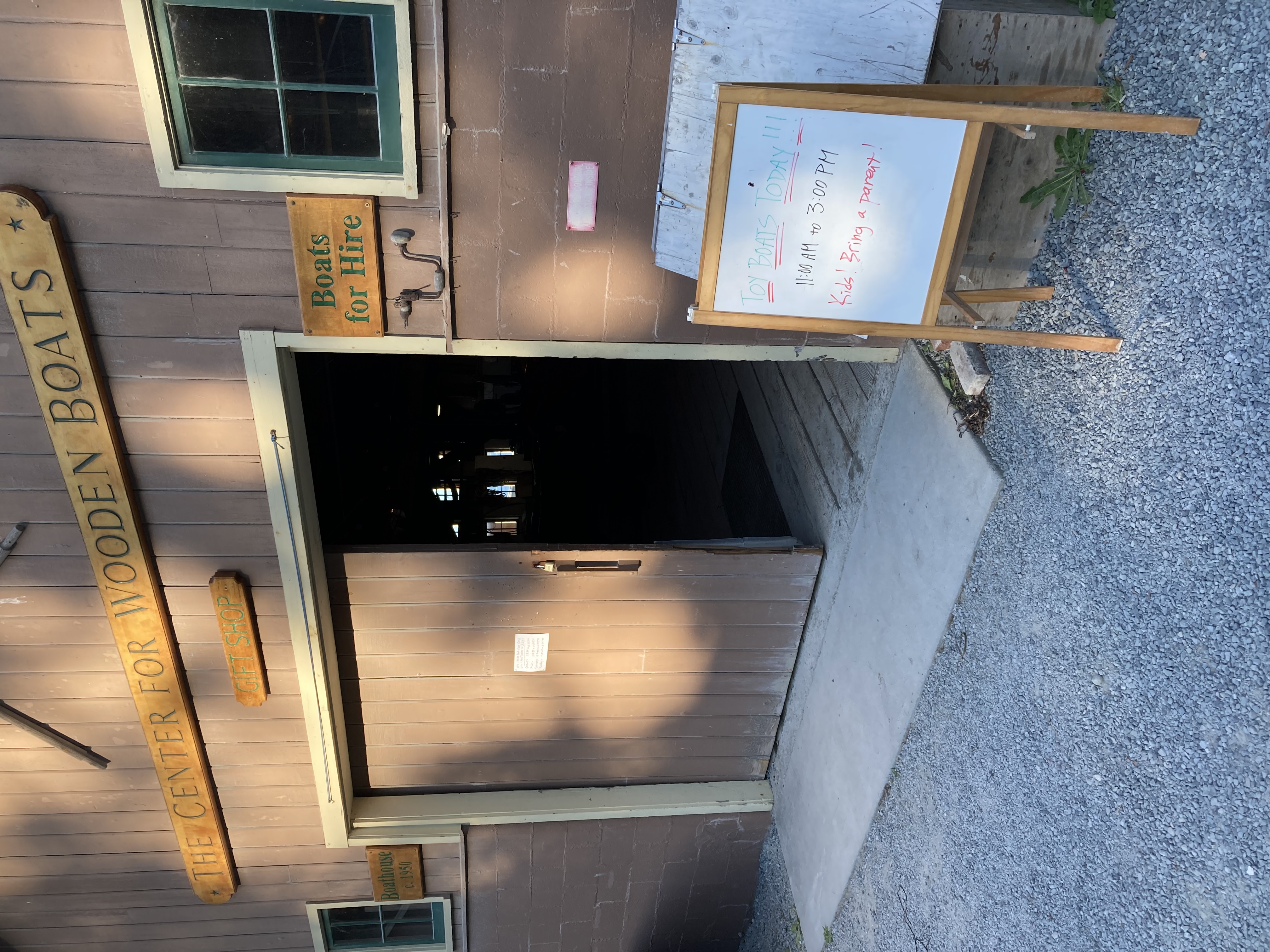
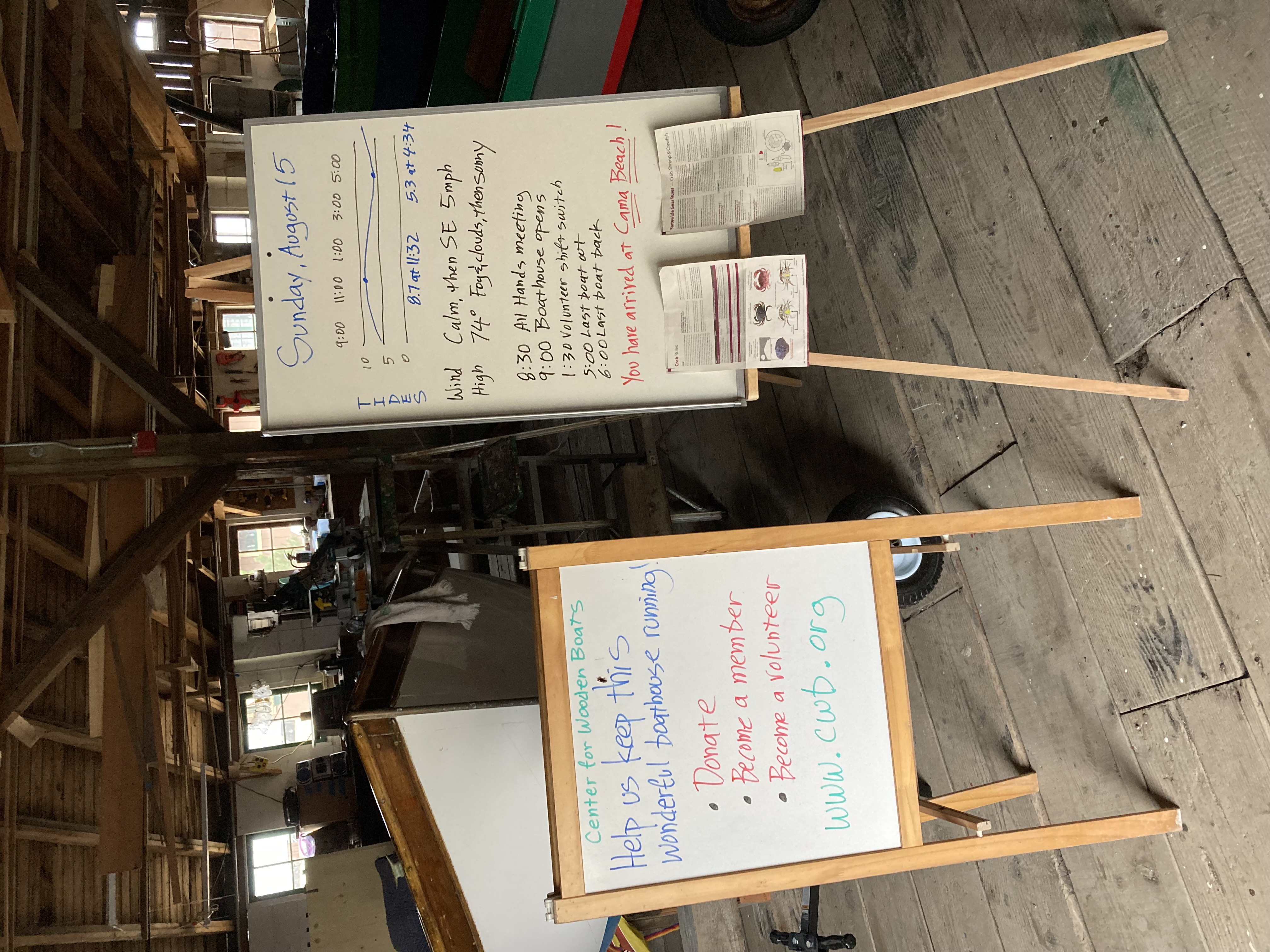

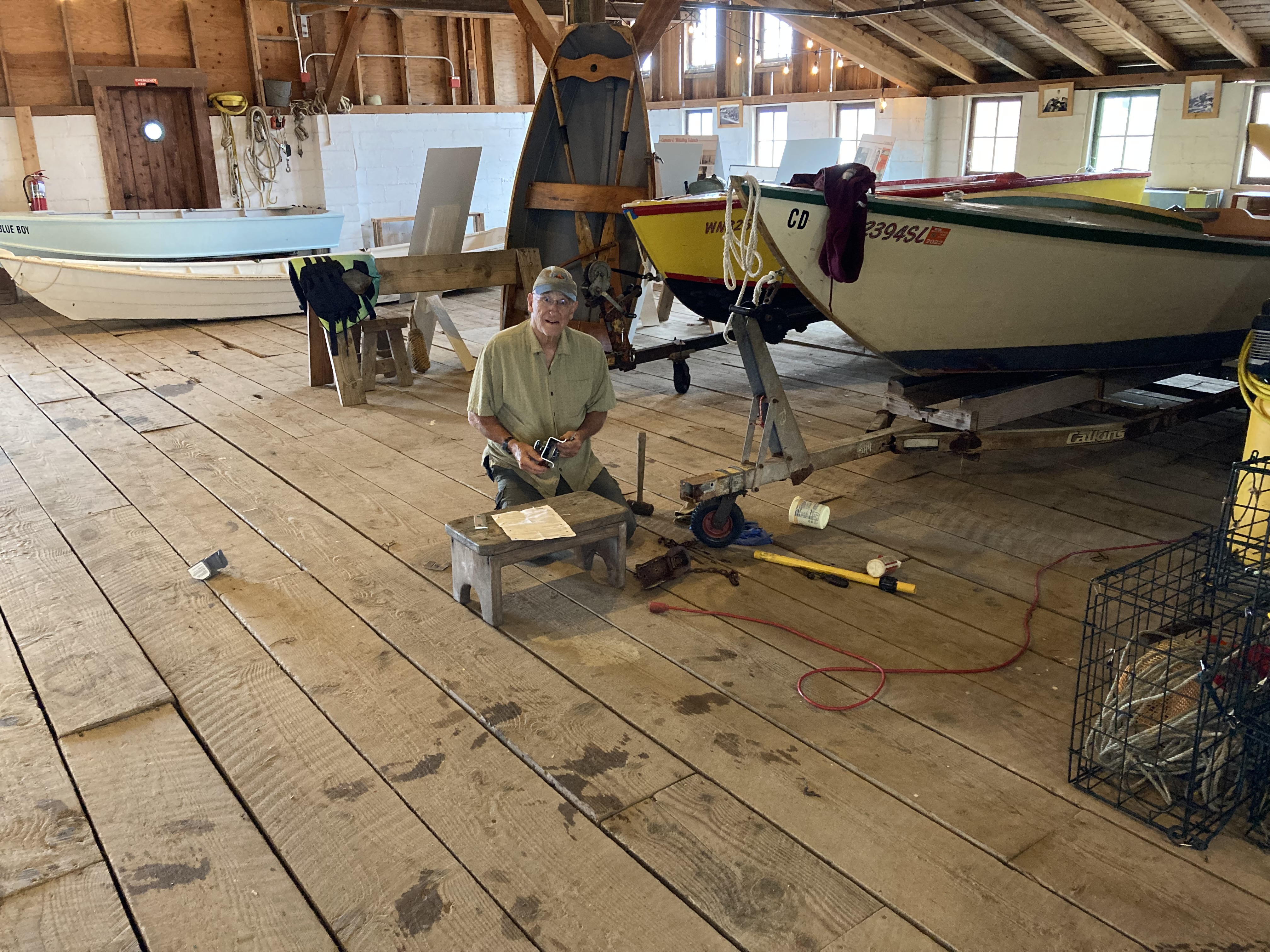
Each day ended with the routine of bringing all of the boats that were on the beach up the ramp, rinsing them with fresh water, sucking the dirty rinse water out of the bottom of the boats with the wet vacuum, and putting them all away by carting the rowboats and power boats into the Boathouse on their trailers and raising the kayaks and canoe into the rafters with pulleys. Then the hired summer part-time staff, Yousif Wheeler and Noble Seymour, and any volunteers headed home while I locked up the Boathouse and headed for the showers in the nearby men's bathhouse. After tying up loose ends and paperwork, I'd either fix some dinner on the stove in the Fire Truck Garage or else drive into Stanwood to the Mexican place across from the credit union or the Thai place next to the lumber yard. Spare time was spent working on boats, as there were always boats in need of repairs or sanding and a fresh coat of paint.

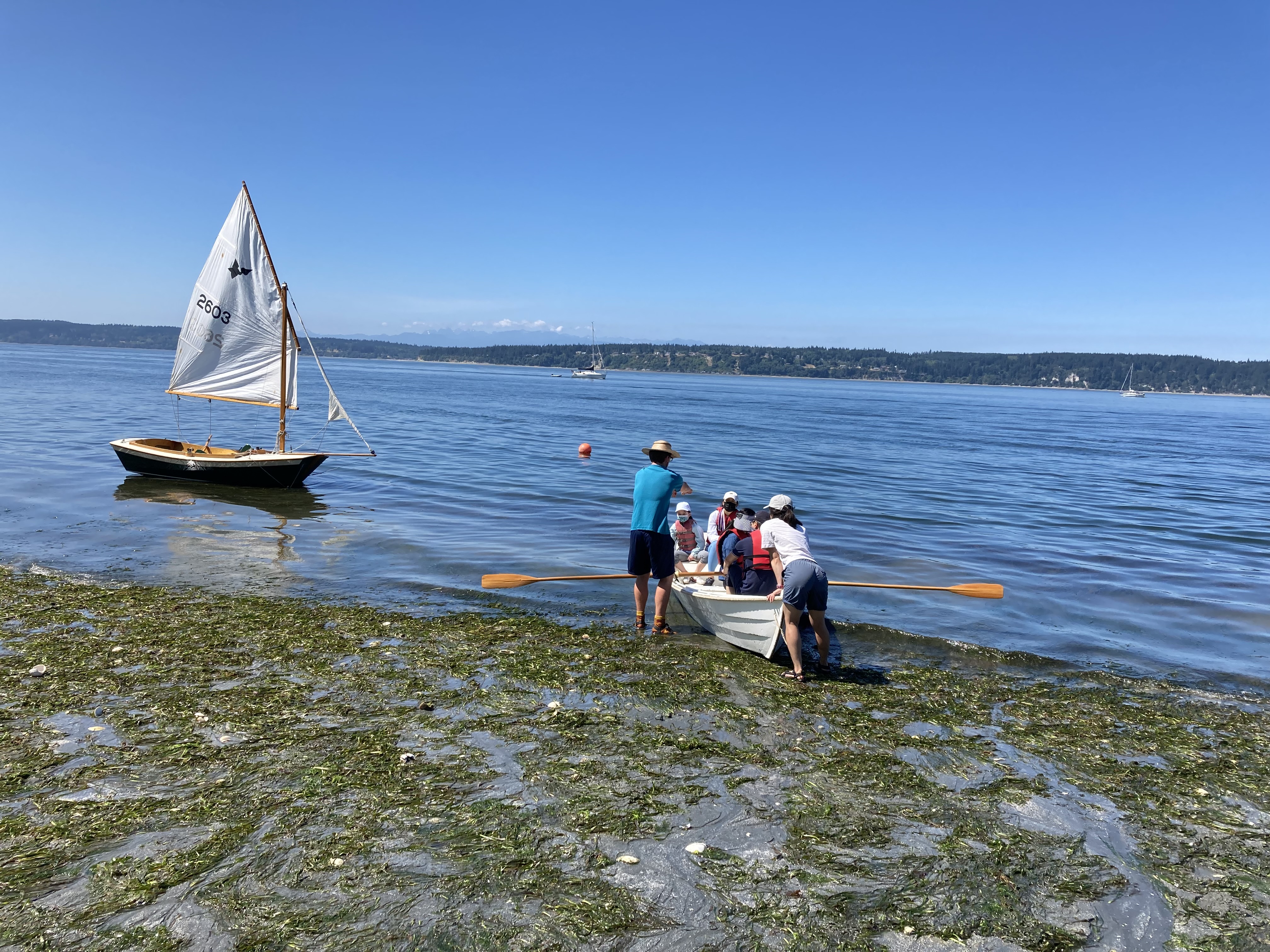
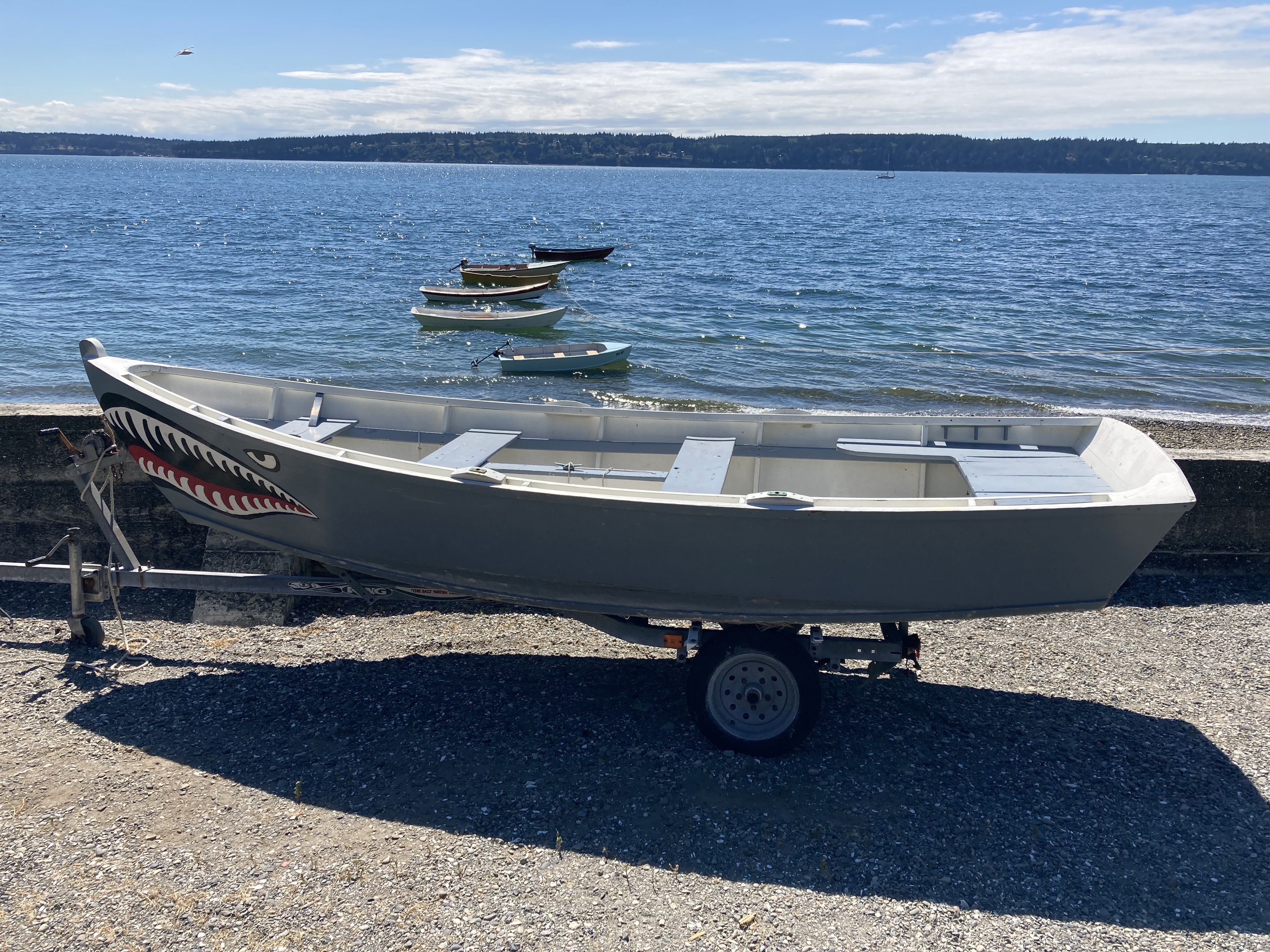
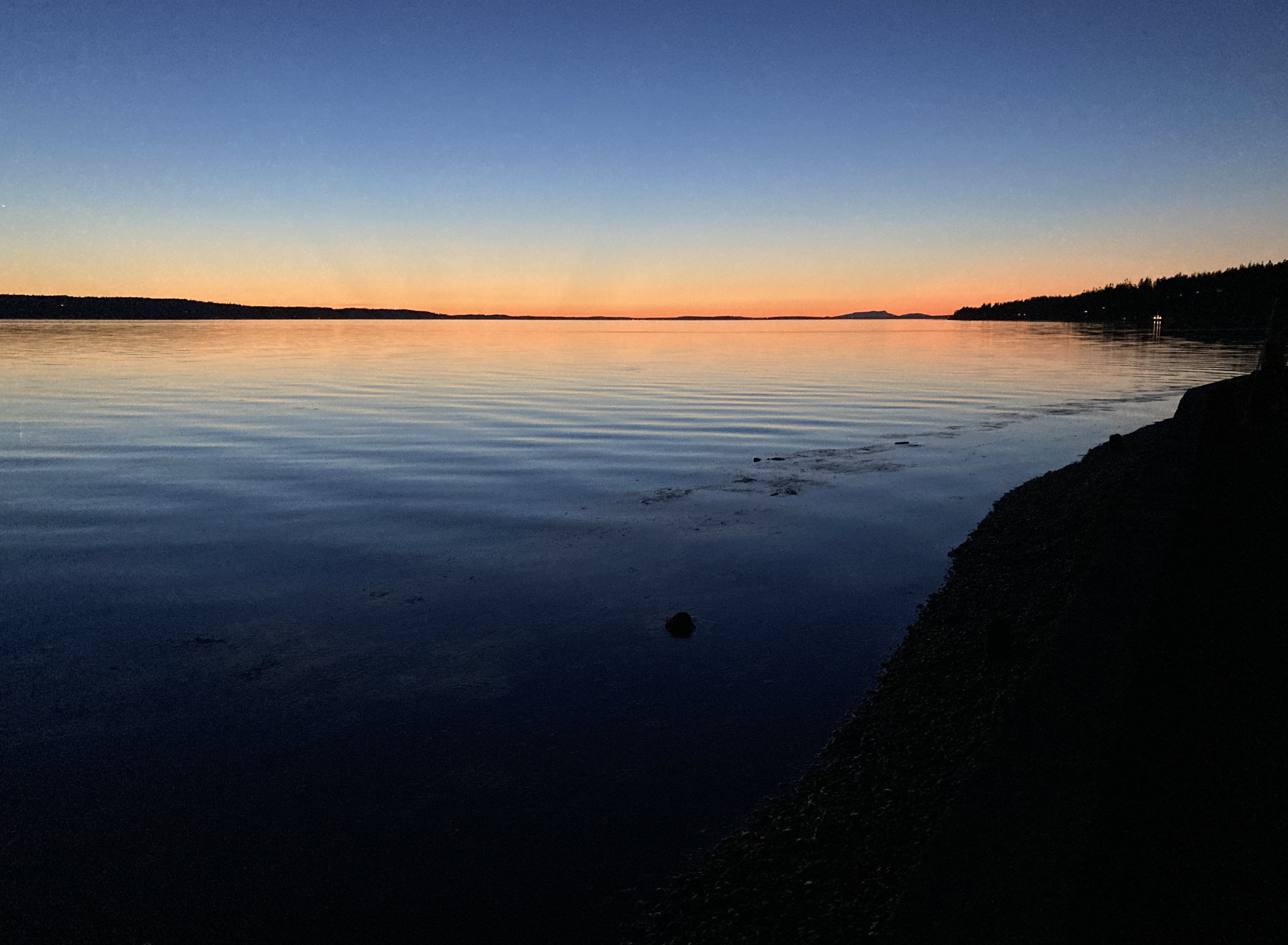
The neatest program at Cama Beach was Toy Boats, and super-volunteer Michael Kyte deserves credit for keeping it alive and thriving year after year. Given a boat hull cut out on a band saw from a section of 2" x 6" lumber, a wooden dowel, a small triangle of cloth, and collection of accessories including bottle caps, wine bottle corks, yarn, nails, popsicle sticks, and colored markers, along with a few hand tools (Bit Brace hand drill, hammer, and scissors), kids built small sailboats using their own hands and imaginations. Every single Saturday, Toy Boats was a huge, huge hit! Jane would drive up on Saturday mornings to help out, bringing with her home-made pie and a batch of chocolate chip cookies to fuel the volunteers.
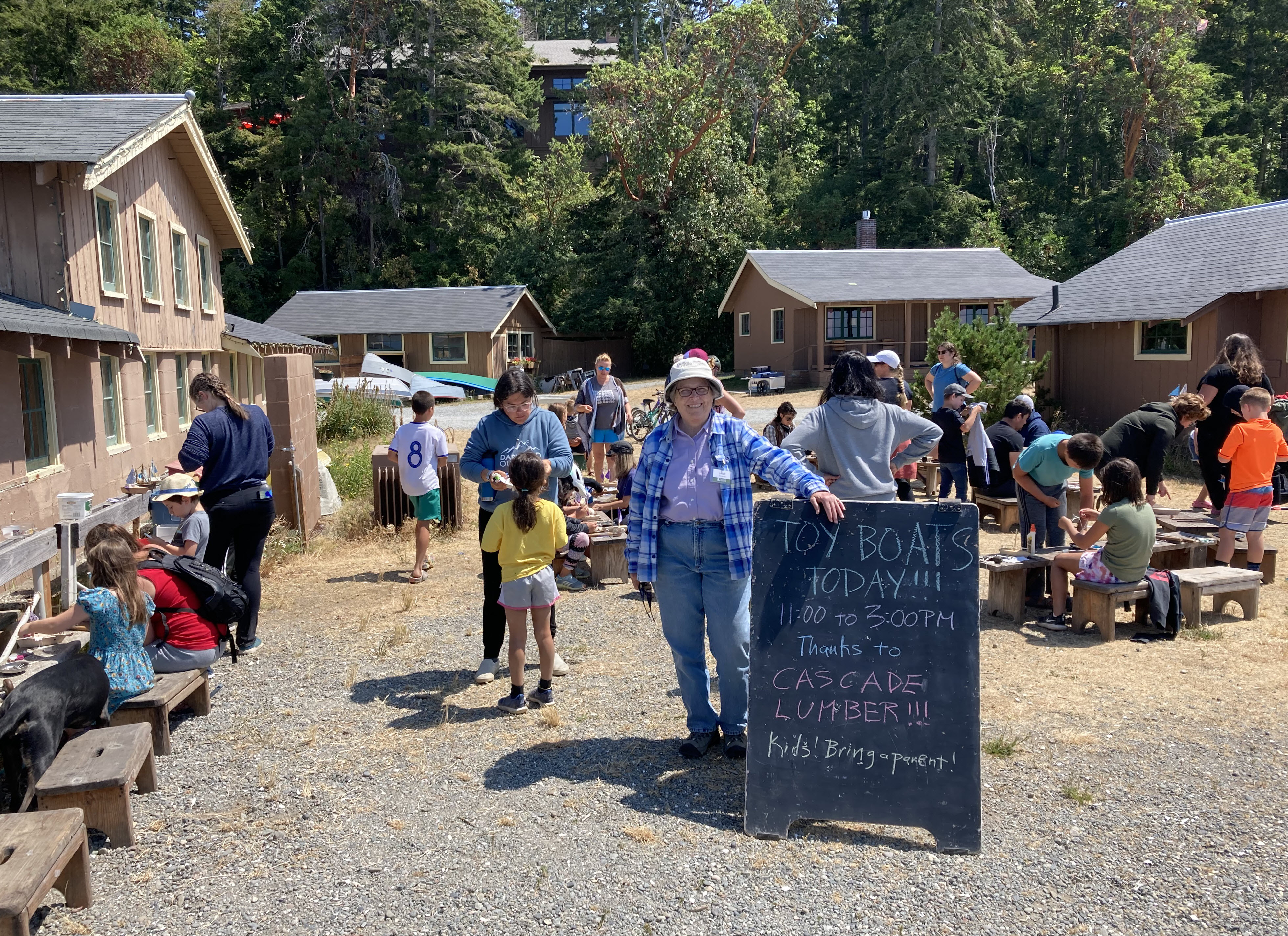
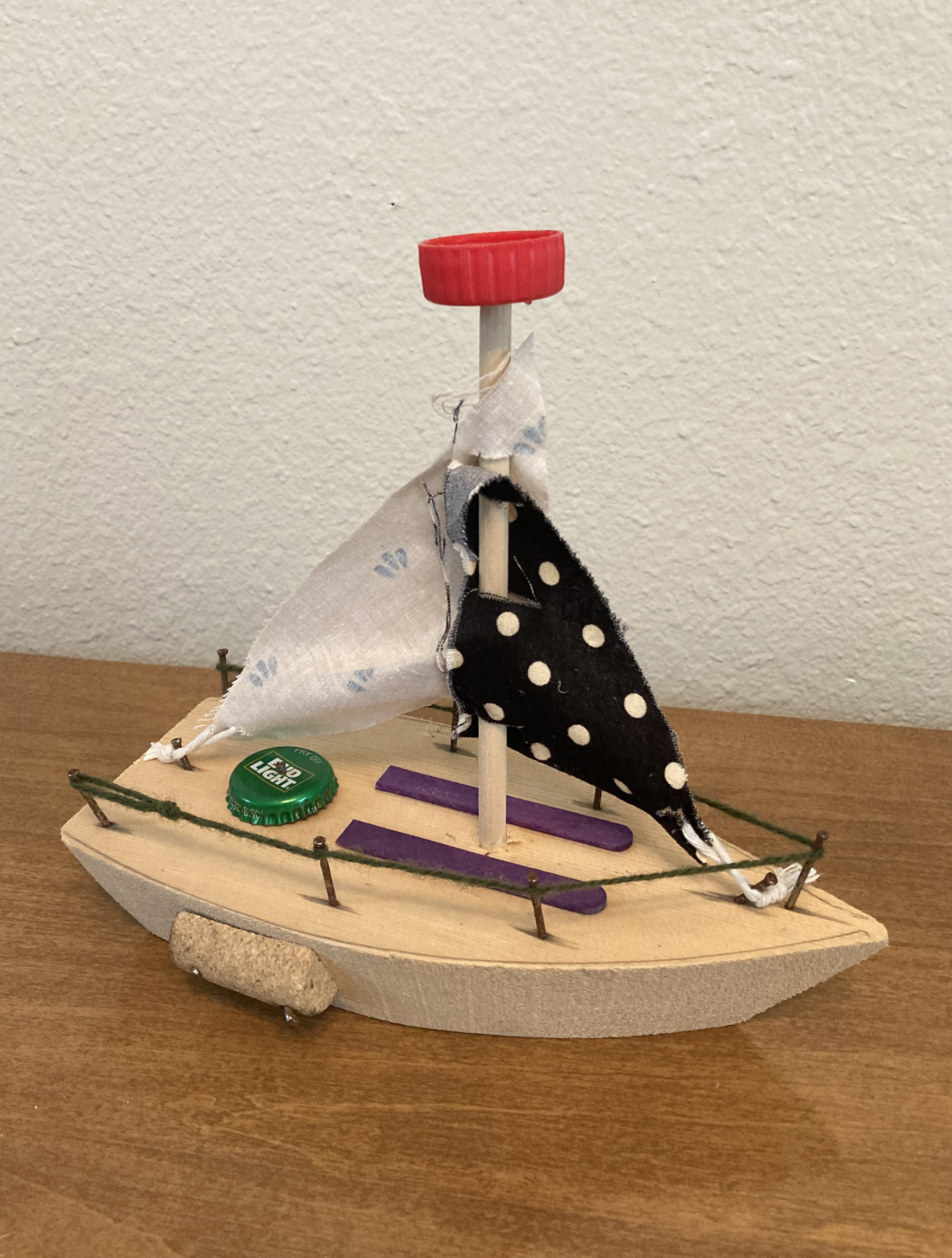
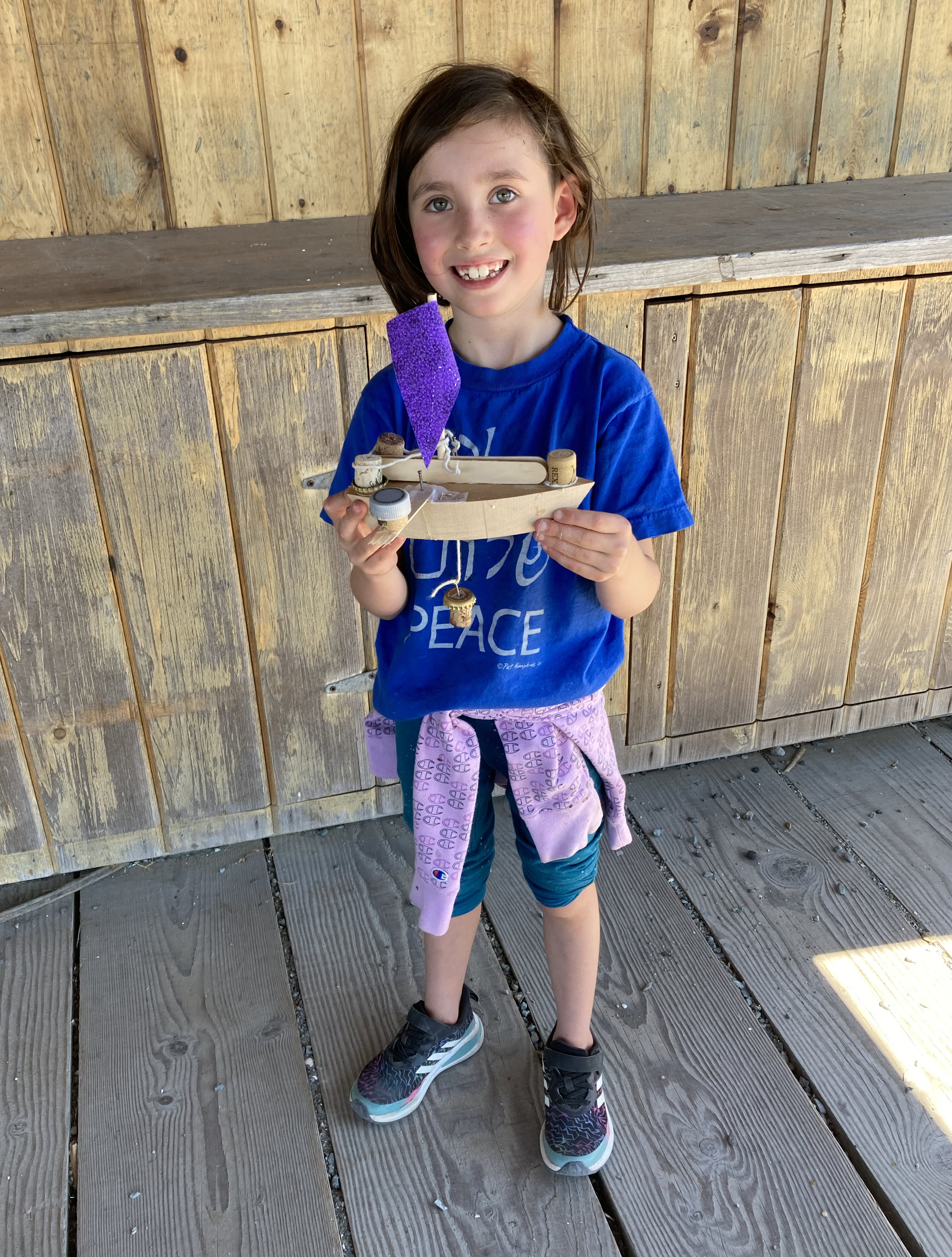
One nice accomplishment during the summer was getting the E-skiffs program off the ground. It served as a partial solution to the chronic shortage of working outboard motors to power the four large/heavy skiffs, as well as providing a brand-new option for people who wanted some quiet time out on the water but didn't want to row or paddle. Jane and I covered half of the $3,000 dollars required to get E-skiffs up and running, which bought a couple 100 Amp/Hour LiFePO4 batteries, a Victron Energy charging station, and two Minn Kota electric trolling motors. E-skiffs turned out to be a hit. Cost-wise, equipment maintenance and repair for the entire summer was only a tenth of what it cost to pay for a single gas outboard motor tune-up. Revenue-wise, we were able to put more visitors on the water, and at a price half way between a gas-outboard-powered boat and a rowboat.
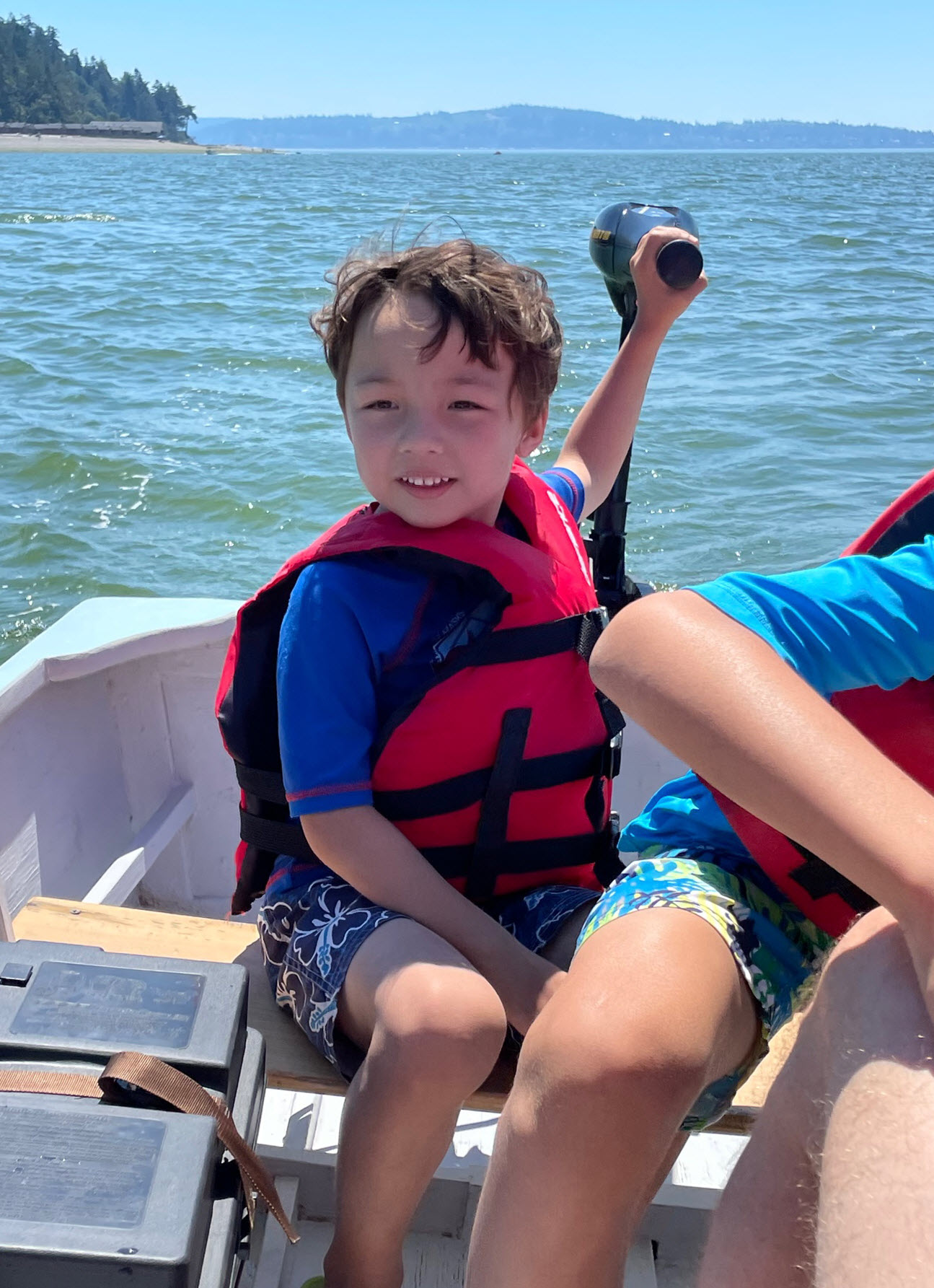
As with running any sort of business, there was money to be handled and record keeping to be done. We had a till at the Boathouse front desk, in which I needed to stock change every morning, and from which I needed to remove and count the cash every evening. We needed to know who rented each boat, how many people were in that boat, get all those people into life jackets that fit them, record when the boat left the shore, remember how many boats/people were out on the water at every moment (in case the wind suddenly came up and we had to jump in the Shane B and go rescue them), and then record each boat's return time and correctly bill its renter for the hours spent out on the water.

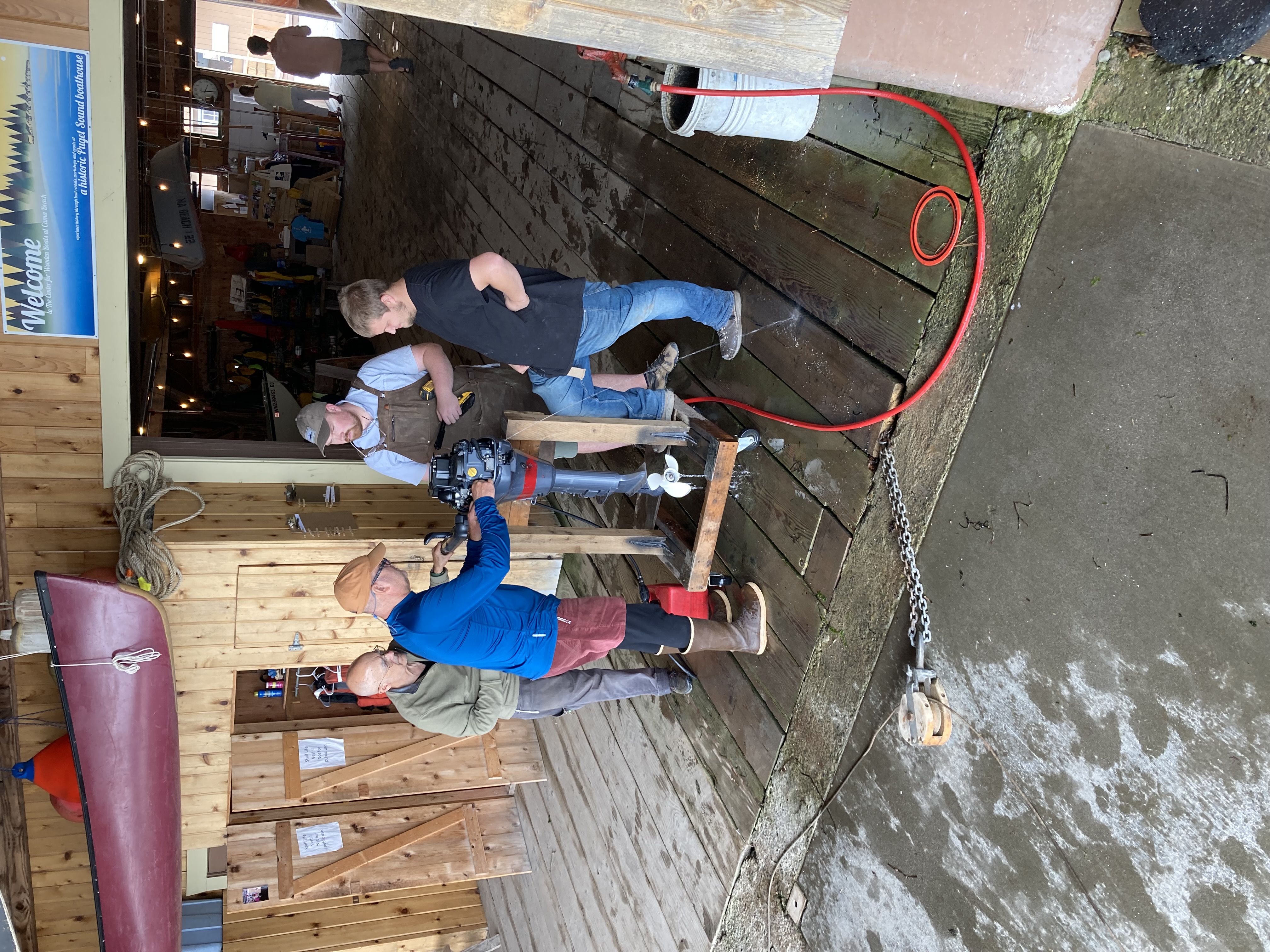

Cama Beach is the sort of place people fall in love with, and Michael Kyte was deeply in love with it. Michael was a rough-and-crusty-on-the-outside, tender-on-the-inside former marine biologist who, in retirement, adopted Cama Beach like a foster child, cherished it fiercely, and worked tirelessly on its behalf. Through many years during which numerous boathouse managers (including me) came and went, Michael remained the heartbeat of CWB's presence at Cama Beach, recording more than 10,000 volunteer hours there by the time I arrived. Working 8 hours a day, 5 days a week, 50 weeks a year amounts to 2,000 hours, which means that Michael gave 5 full-time work years to Cama Beach without receiving a single dollar in pay.
Michael was there rain or shine. If the water was calm, he often began his day by launching and rowing Dick Tolmie, the lovely, planked wherry that he favored. Nobody needed to tell Michael what needed to be done - in fact, it worked best the other way around. He knew the condition of all the boats, their trailers, their registrations and safety equipment, their oars/motors, their painters and their paint. He sanded and varnished the wooden oars, and he wrapped their middles with line treated with epoxy, in order to prevent them from chafing against the oarlocks. He spliced bow lines for all the boats and anchor lines for the Shane B, the 18-foot launch equipped with a 70-horsepower outboard motor that was kept at anchor just offshore, always rescue-ready.
Michael single-handedly took care of all the rental crab traps. He found weights (he favored old sash weights, which he picked up for a couple bucks apiece at demolition surplus shops), leaded line, and floats. He tied the escape rings with cotton twine, so that crabs caught in lost traps would be able to escape once the twine decomposed. Michael's crab traps met every single one of the Washington State crab trap regulations to the letter. During crabbing season, crab trap rentals and a spike in boat rentals provided a big boost in both activity and revenue at the Boathouse. We kept crab bait (mostly turkey wings that I bought at WinCo) in an old freezer in the back of the Boathouse. For customers that were brand new to crabbing, Yousif Wheeler enthusiastically offered demonstrations on the Boathouse apron in how to quickly kill and clean a crab with a knife.
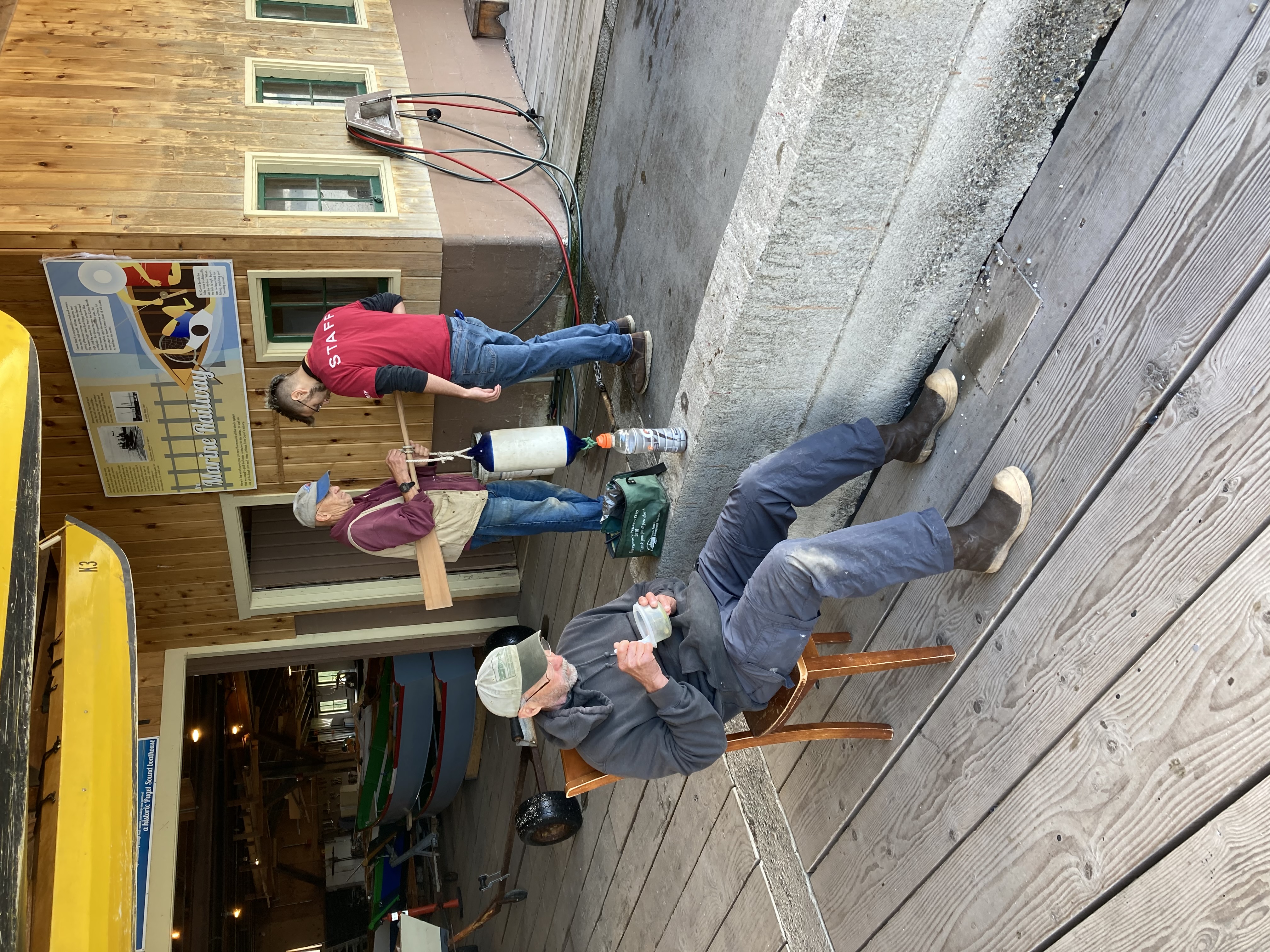
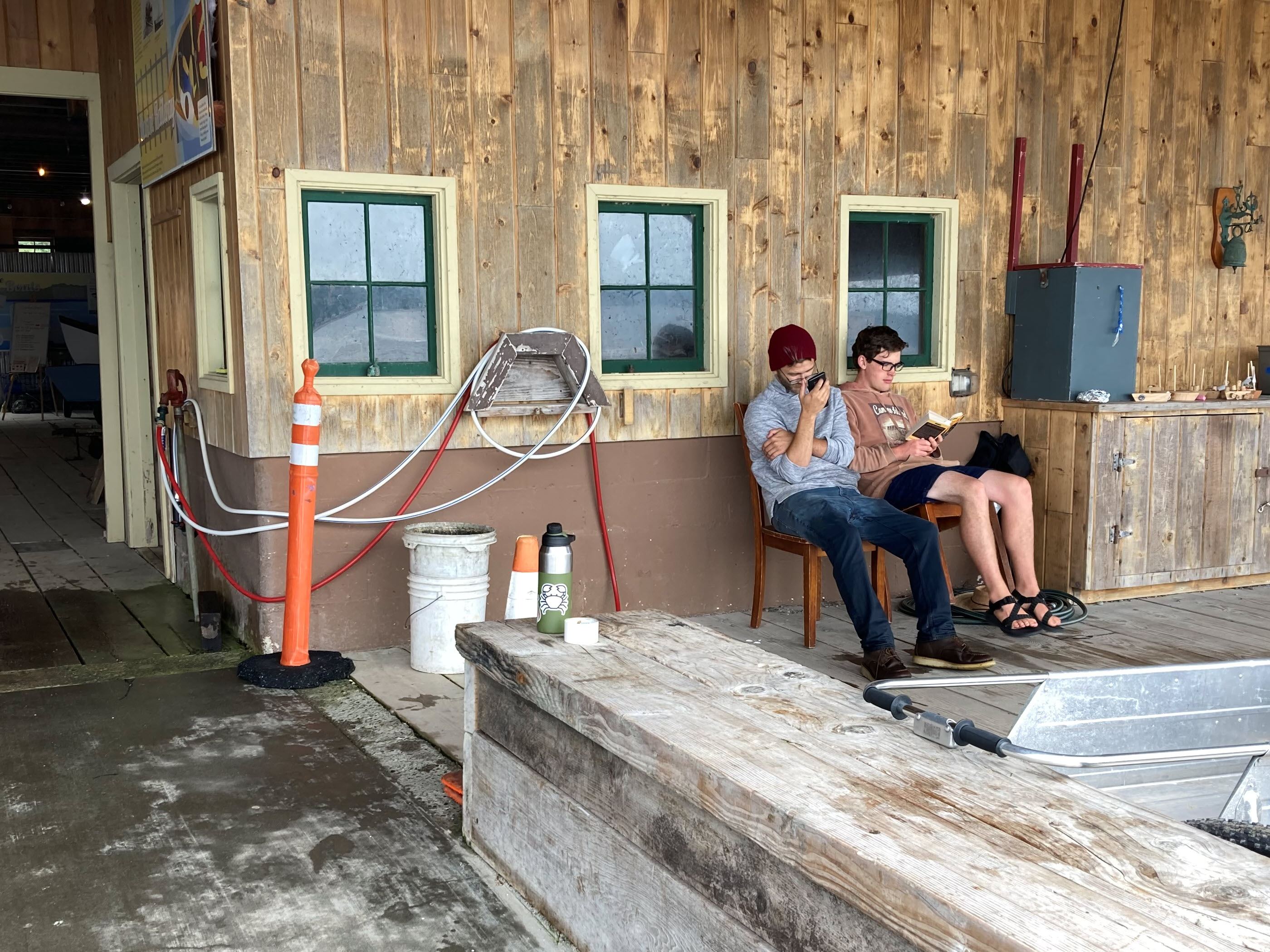
Michael Kyte's favorite partner was Russ Holmes, another former marine biologist who lived near the south end of Camano Island. Russ was as calm and quiet as Michael was energetic and animated, and together they made a dynamic duo. Both were divers, and from the Cama Beach shoreline they did sea star surveys and positioned the anchor for the Clothesline, to which we tethered boats during the day, so we didn't have to continually drag them up and down the beach as the tide rose and fell.
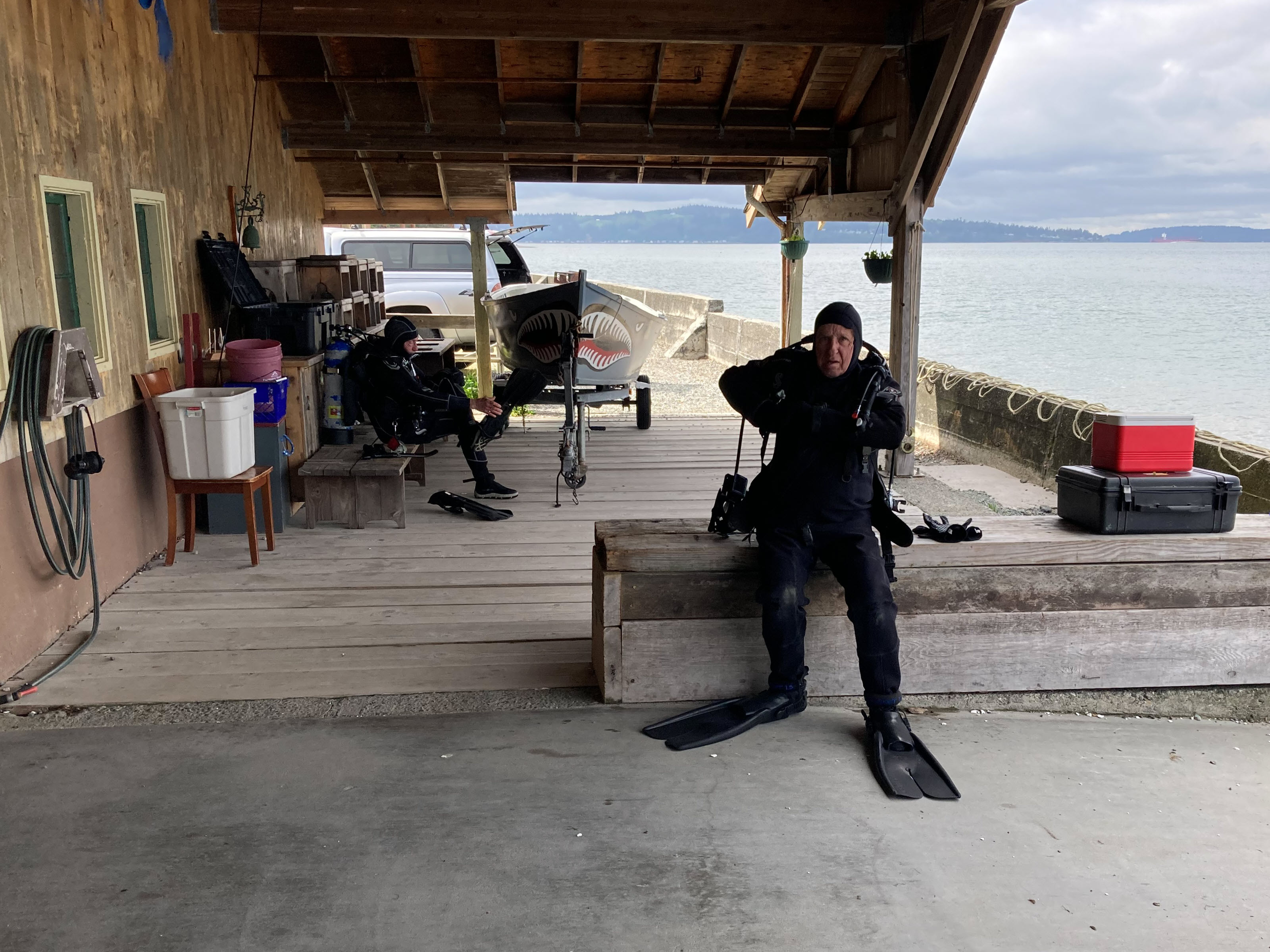
Other than CWB, the Cama Beach Foundation was the other non-profit with a footprint at Cama Beach Historical State Park, and both Michael and Russ volunteered there too. In addition to running the most charming little store and gift shop that you could possibly imagine, which was up at the north end of the park, CBF did education for adults and kids including tide pooling walks at extreme low tides.
It was a challenging, wonderful, and unforgettable summer, with tons to learn, lots of responsibility, great history, extraordinary people, and the joy of being outdoors and on the water every single day!
